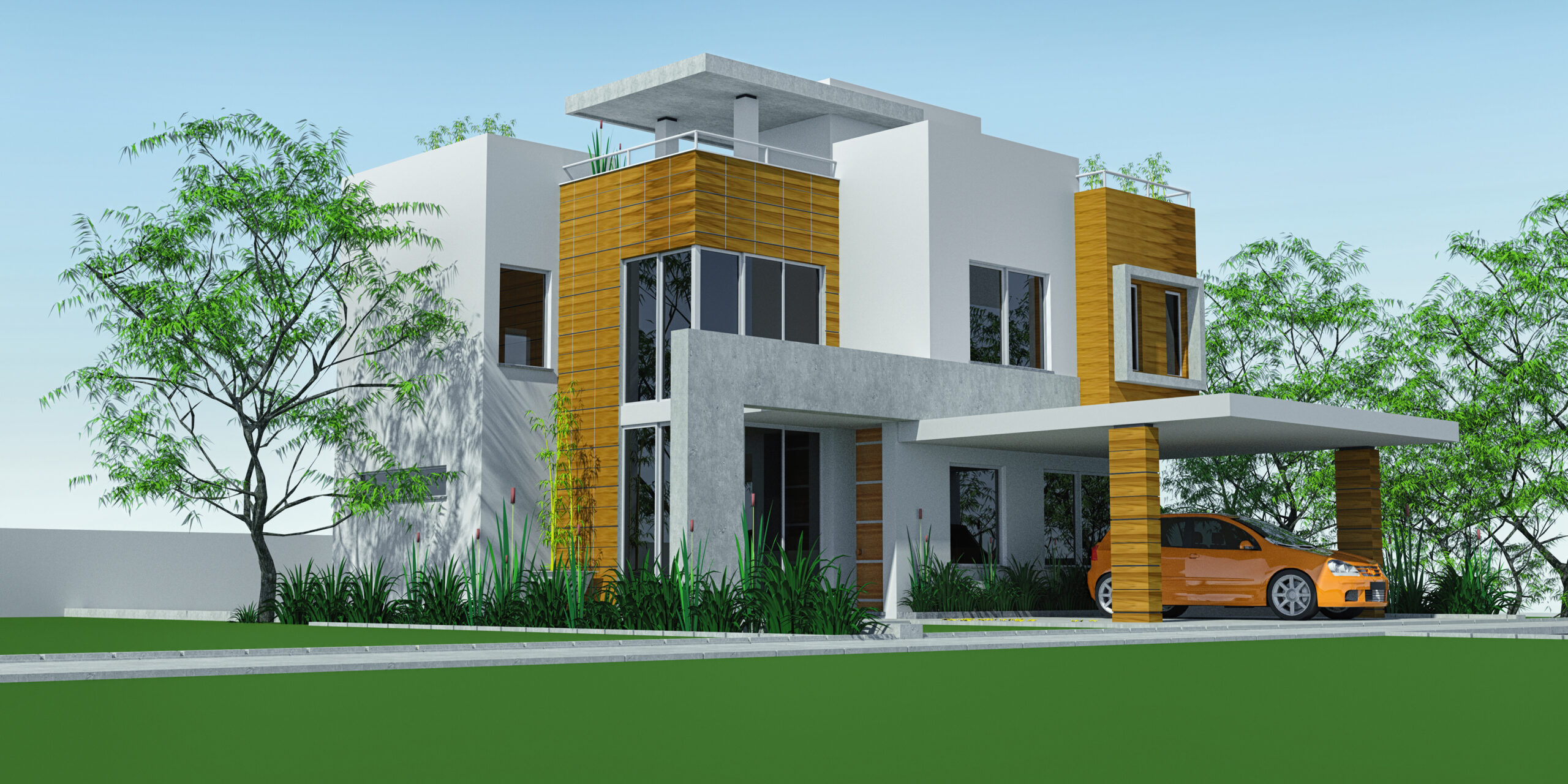Introduction to Architectural Design Firms
Architectural design firms play a pivotal role in shaping the built environment, from towering skyscrapers to residential homes. Traditionally, these firms relied on manual drafting techniques and physical models to bring their visions to life. However, the advent of technology has revolutionized the way architectural design firms operate, leading to increased efficiency, innovation, and sustainability.
Traditional Methods vs. Technological Advancements
- Evolution of Architectural Design: In the past, architectural design was a labor-intensive process that involved sketching by hand and creating physical scale models. While these methods allowed architects to visualize their designs, they were time-consuming and often limited in scope.
- Challenges Faced by Traditional Methods: Traditional methods of architectural design were prone to errors, misinterpretations, and inefficiencies. Additionally, communication with clients and stakeholders was often challenging, leading to misunderstandings and costly revisions.
- Introduction of Technology in Architectural Design: The integration of technology into architectural design has transformed the industry, offering architects new tools and techniques to enhance their creativity and efficiency. From digital drafting software to advanced simulation tools, technology has enabled architects to design with greater precision and accuracy.
Key Technological Innovations Transforming Architectural Design Firms
- Building Information Modeling (BIM): BIM has emerged as a game-changer in architectural design, allowing architects to create detailed digital representations of buildings and infrastructure. By integrating 3D modeling with data management capabilities, BIM enables architects to visualize, analyze, and optimize every aspect of a project, from initial concept to construction.
- Virtual Reality (VR) and Augmented Reality (AR): VR and AR technologies have revolutionized the way architects present their designs to clients and stakeholders. By immersing users in virtual environments, VR enables clients to experience their future buildings in lifelike detail, while AR overlays digital information onto the real world, allowing architects to visualize design concepts in context.
- 3D Printing: 3D printing has opened up new possibilities in architectural design, allowing architects to create complex geometries and intricate structures with unprecedented speed and precision. From rapid prototyping to full-scale construction, 3D printing offers architects a versatile tool for realizing their visions.
- Artificial Intelligence (AI) and Machine Learning (ML): AI and ML technologies are empowering architects to design smarter, more sustainable buildings. By analyzing vast amounts of data and simulating different scenarios, AI can help architects optimize building performance, reduce energy consumption, and minimize environmental impact.
Enhanced Collaboration and Communication
- Global Collaboration: Technology has facilitated global collaboration among architects, allowing teams to work together seamlessly across geographical boundaries. Cloud-based platforms enable real-time communication and file sharing, making it easier than ever for architects to collaborate on projects regardless of location.
- Client Engagement and Feedback: Technology has also transformed the way architects engage with clients and gather feedback on their designs. With virtual reality presentations and interactive 3D models, architects can involve clients in the design process from the very beginning, ensuring that their visions align with the client’s expectations.
Efficiency and Cost-effectiveness
- Streamlined Workflows: Technology has streamlined the architectural design process, reducing the time and resources required to bring a project from concept to completion. Digital drafting software, automated workflows, and collaborative platforms enable architects to work more efficiently, minimizing errors and maximizing productivity.
- Reduced Errors and Rework: By digitizing the design process, technology has reduced the likelihood of errors and costly rework. With real-time feedback and simulation tools, architects can identify and address potential issues early in the design phase, saving time and money down the line.
- Cost Savings: Technology has also led to significant cost savings for architectural design firms. By optimizing workflows, minimizing errors, and improving communication, technology enables firms to deliver projects more efficiently and profitably, enhancing their competitiveness in the marketplace.
Sustainability and Environmental Impact
- Energy Simulation and Analysis: Technology has empowered architects to design buildings that are more energy-efficient and environmentally sustainable. With advanced simulation tools, architects can analyze the energy performance of their designs and identify opportunities for optimization, reducing carbon emissions and mitigating climate change.
- Sustainable Material Selection: Furthermore, technology has facilitated the use of sustainable materials in architectural design, allowing architects to minimize the environmental impact of their projects. From recycled materials to bio-based alternatives, architects now have access to a wide range of sustainable options to choose from.
Challenges and Limitations
- Initial Investment and Training: While technology offers many benefits to architectural design firms, it also presents challenges and limitations. The initial investment in software, hardware, and training can be substantial, especially for smaller firms with limited resources.
- Data Security and Privacy: Additionally, the widespread adoption of technology raises concerns about data security and privacy. Architects must take steps to protect sensitive information and ensure compliance with data protection regulations to mitigate the risk of cyber threats and breaches.
Future Trends in Architectural Design Technology
- Integration of IoT (Internet of Things): Looking ahead, the integration of IoT technologies is poised to revolutionize architectural design even further. By connecting building systems and sensors to the internet, architects can create smart buildings that optimize energy usage, enhance occupant comfort, and improve overall performance.
- Generative Design: Generative design algorithms are enabling architects to explore a wider range of design possibilities and find optimal solutions to complex problems. By harnessing the power of AI and computational design, architects can generate innovative design solutions that would be impossible to conceive through traditional methods.
- Cloud Computing: Cloud computing is reshaping the way architects collaborate, communicate, and access design tools and resources. By leveraging the scalability and flexibility of the cloud, architects can work more efficiently, collaborate in real time, and access powerful design software from anywhere in the world.
Conclusion
In conclusion, technology has played a transformative role in redefining architectural design firms’ services, enabling architects to design smarter, more sustainable buildings with greater efficiency and precision. From Building Information Modeling to virtual reality and artificial intelligence, technology offers architects new tools and techniques to push the boundaries of design innovation. While challenges remain, the future of architectural design looks brighter than ever, driven by continued advancements in technology and a commitment to sustainability and creativity.


